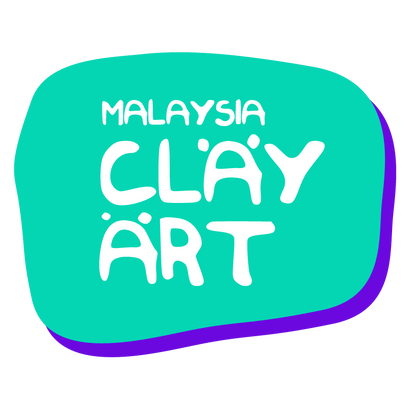Malaysian customers, please select Bank Transfer. PayPal transactions incur a 4.4% fee plus RM2.
Malaysian customers, please select Bank Transfer. PayPal transactions incur a 4.4% fee plus RM2.
Start here
Techniques for creating unique textures and patterns
February 09, 2023 2 min read

Textures and patterns play a crucial role in the world of art and design. They add depth, interest, and character to your work, making it stand out and memorable. If you’re looking to add unique textures and patterns to your work, this blog post will guide you through several techniques to help you get started.
-
Stamping Stamping is a simple and effective way to add texture and patterns to your work. You can use a variety of stamps, such as rubber stamps, carve your own, or even use everyday objects as stamps, such as leaves or bottle caps. Simply ink up your stamp and press it onto your surface to create a repeating pattern.
-
Stenciling Stenciling is a similar technique to stamping, but instead of a stamp, you use a stencil to create a defined shape or pattern. You can purchase pre-made stencils or create your own by cutting a design out of cardboard or another material. To use a stencil, simply place it on your surface and apply ink, paint, or other medium through the openings in the stencil.
-
Sponging Sponging is a technique that uses a sponge to apply color to your surface in a random and organic way. Simply dip a sponge into your ink, paint, or other medium and dab it onto your surface. You can also blend different colors together by sponging multiple colors onto the same surface.
-
Scraping Scraping is a technique that uses a tool to scratch or carve lines into your surface to create texture. You can use a variety of tools, such as a scraper, a knife, or even a toothbrush. Simply apply pressure to your tool and drag it across your surface to create lines.
-
Stippling Stippling is a technique that uses dots to create texture and patterns. You can use a variety of tools, such as a brush, a pen, or a stylus, to apply the dots. To create a stippled effect, simply apply dots of color close together in a random pattern.
-
Dry Brushing Dry brushing is a technique that uses a dry brush to apply color to your surface. Simply dip a brush into your color, then wipe off the excess onto a paper towel. Then, gently brush the brush over your surface, letting the dry bristles create texture.
In conclusion, textures and patterns add depth, interest, and character to your work. By using techniques such as stamping, stenciling, sponging, scraping, stippling, and dry brushing, you can create unique and eye-catching textures and patterns for your work. Experiment with different techniques and materials to find what works best for you and your style.
Leave a comment
Comments will be approved before showing up.
Also in Let's Get Creative

Silicone Molds 101: Everything You Need to Know Before You Start Making Your Own
June 09, 2025 2 min read
Read More
Recent Articles
- Silicone Molds 101: Everything You Need to Know Before You Start Making Your Own
- Why Thai Clay Is the Best Choice for Realistic Flower Crafting
- Shrink Wrap Hacks for Small Food Businesses in Malaysia
- Top 10 Common Mistakes to Avoid When Wrapping Hampers with Heat Shrink Wrap
- How to Turn Your Craft Passion into a Thriving Business: A Step-by-Step Guide
- Crafting for Mindfulness: How Clay Art Enhances Mental Well-being
- Top 10 Tips for Using Heat Shrink Wrap on Gift Hampers
- How to Heat Shrink Wrap Oddly Shaped Items Perfectly (Step-by-Step Guide)
- Heat Shrink Wrap in the Food Industry: Ensuring Freshness and Safety
- How to Select the Right Heat Shrink Band Size for Your Glass Jars and Bottles
Join Our WhatsApp Channel!
Subscribe now to get the latest updates on sales, promotions, new releases, and FREE tutorials!
**Get an exclusive discount on your first purchase when you join!**

HELLO THERE!
🚀 RECEIVE 10% OFF YOUR FIRST ORDER.
JOIN OUR WHATSAPP CHANNEL TO CLAIM YOUR DISCOUNT CODE 📢



